The Ultimate Guide to Transom Windows: Tips for Decor and Design
08:37Transom windows, often overlooked yet immensely functional, are a quintessential architectural feature that can add both aesthetic appeal and practical benefits to any space. These horizontal windows, typically positioned above doors or other windows, have a storied history dating back to ancient times when they were utilized for ventilation and natural light.
In modern design, transom windows have evolved to become versatile elements that enhance the character and efficiency of residential and commercial buildings alike. This article delves into the myriad advantages of transom windows, exploring their historical significance, contemporary applications, and tips for integrating them into your design projects to maximize their potential.
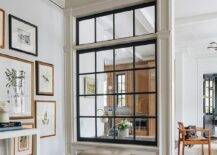
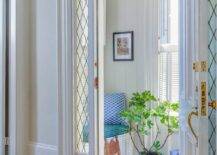

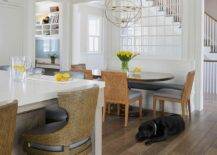
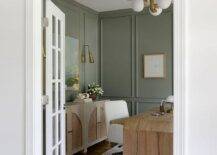
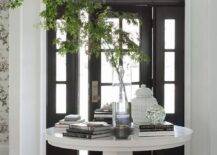
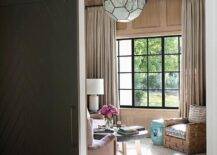
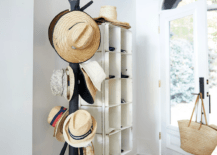
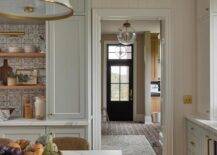
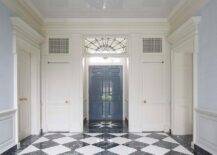

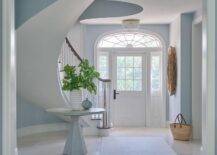

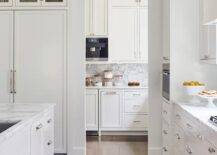
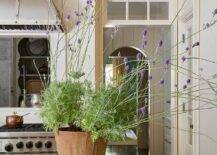
The History and Purpose of Transom Windows
Transom windows date back to the 14th century and were commonly used in Europe and North America. Initially, they served a practical purpose: allowing light and air to enter a room while maintaining privacy and security. In the pre-electricity era, transoms were essential for keeping homes well-lit and ventilated.
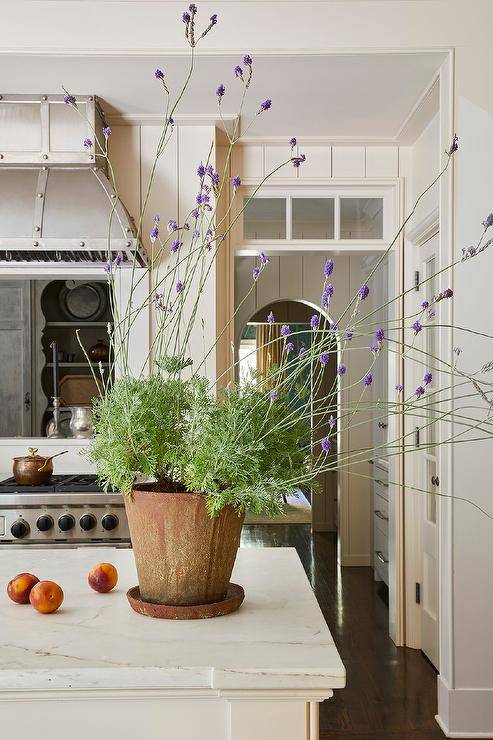
Today, while their functional role remains, transom windows are also appreciated for their aesthetic appeal and ability to add a touch of elegance to any space.


Design and Aesthetic Appeal
Types of Transom Windows
Transom windows come in various shapes and functionalities, each adding a unique charm to architectural designs. Fixed transom windows are stationary and primarily serve decorative purposes, allowing light to filter through without opening. They are often seen above doors and larger windows, providing an elegant touch.
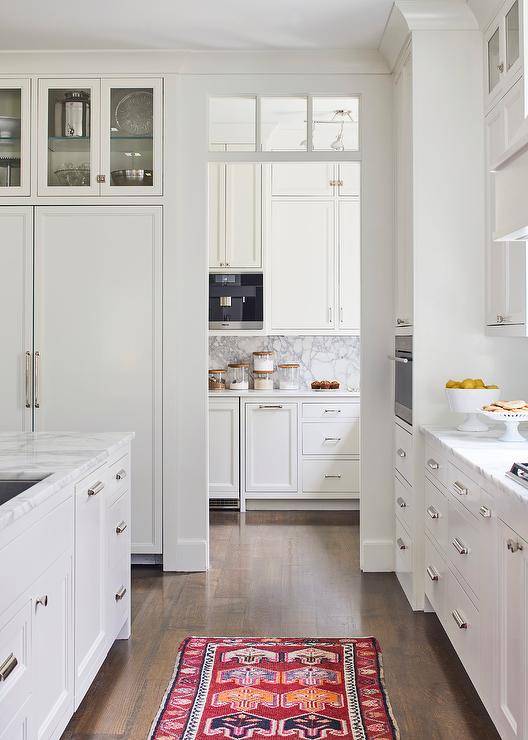
Operable transom windows, on the other hand, can be opened and closed, offering ventilation in addition to their aesthetic value. Fan-shaped transom windows, with their distinct semi-circular design, exude a classic appeal and are often used in traditional or vintage settings.
Rectangular transom windows are the most versatile, fitting seamlessly into both contemporary and classic architectural styles. Their simple, clean lines make them a popular choice for modern homes.
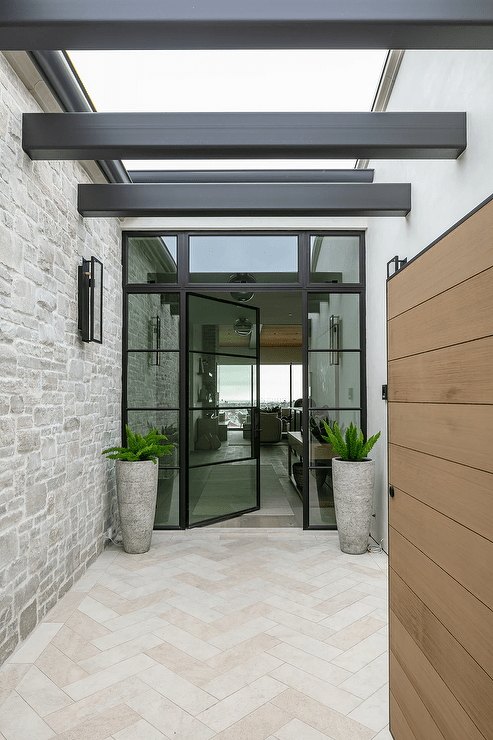
Materials and Styles
The materials used in transom windows play a crucial role in their appearance and durability. Wood is a timeless choice, offering a warm, natural look that complements various architectural styles. Metal, often used in modern designs, provides a sleek, industrial feel and can be fashioned into intricate patterns.

Glass is the most common material, with options ranging from clear to frosted, stained, or textured. Stained glass transom windows are particularly striking, adding color and artistic flair to any space. Decorative elements such as etched designs or leaded glass can further enhance the visual appeal, making transom windows a focal point in a home’s design.
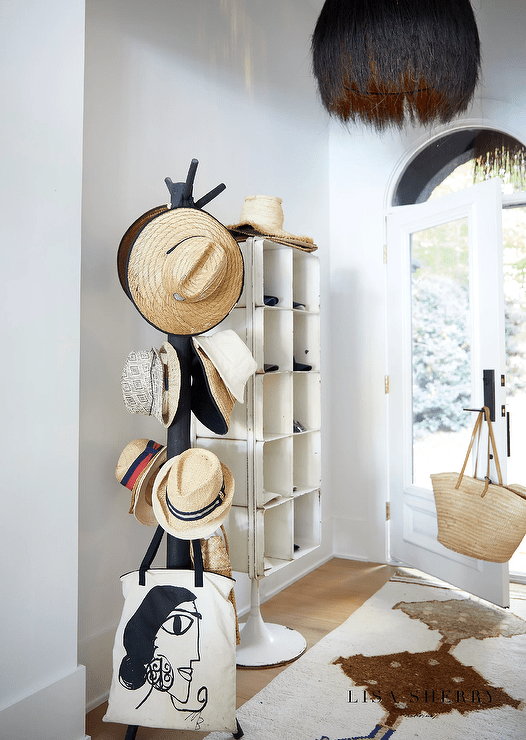
Enhancing Interior and Exterior Aesthetics
Transom windows significantly impact a home’s interior and exterior aesthetics. Inside, they allow natural light to permeate deeper into spaces, creating a brighter, more inviting atmosphere. This influx of light can make rooms appear larger and more open, improving the overall ambiance.
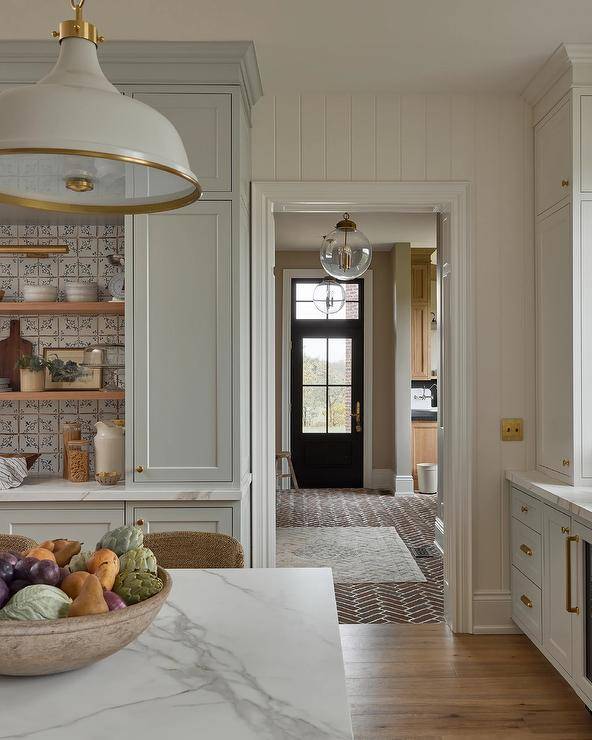
Externally, transom windows contribute to a house’s architectural character, adding detail and sophistication. They can be strategically placed to highlight entrances, frame views, or enhance symmetry in the design. By blending functionality with beauty, transom windows not only elevate a structure’s visual appeal but also enhance its livability and charm.
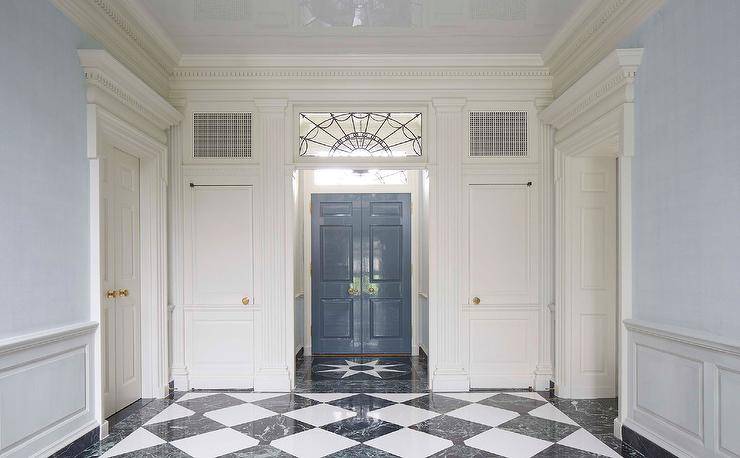
Design Benefits of Transom Windows
Enhanced Natural Light
One of the primary benefits of transom windows is their ability to enhance natural light. Strategically placed above doors or windows, transoms allow sunlight to filter into darker areas of the home, reducing the need for artificial lighting and creating a more inviting atmosphere. This feature is particularly advantageous in hallways, bathrooms, and other spaces that typically lack sufficient light.

Improved Ventilation
Transom windows can also improve air circulation within a home. When operable, they can be opened to allow fresh air to flow through, promoting better indoor air quality. This is especially beneficial in areas like kitchens and bathrooms, where ventilation is crucial to reduce moisture and odors.
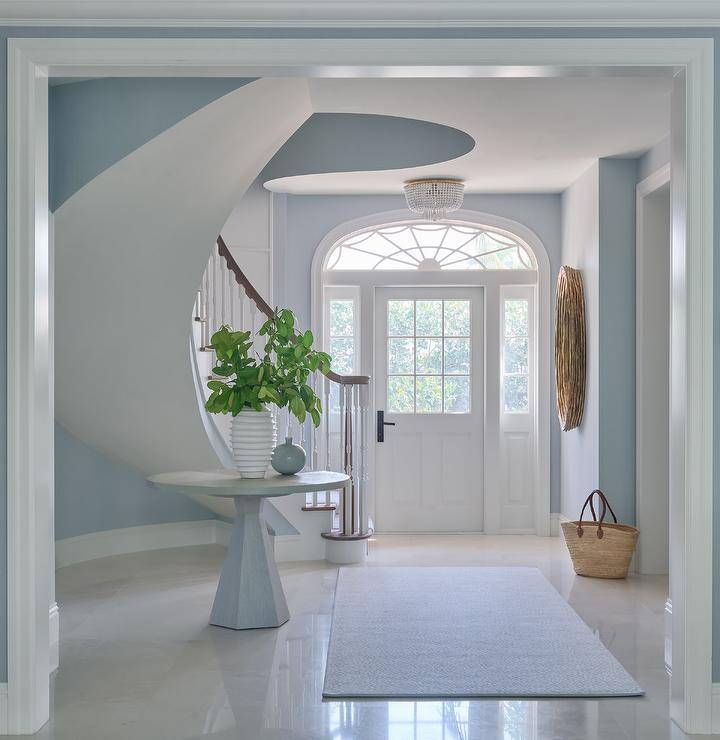
Aesthetic Appeal
From a design perspective, transom windows add a unique architectural element that can elevate the overall look of your home. They come in various shapes and styles, from traditional rectangular panes to more intricate designs featuring stained glass or decorative grilles. By choosing the right style, you can complement your home’s existing architecture and create a visually stunning focal point.
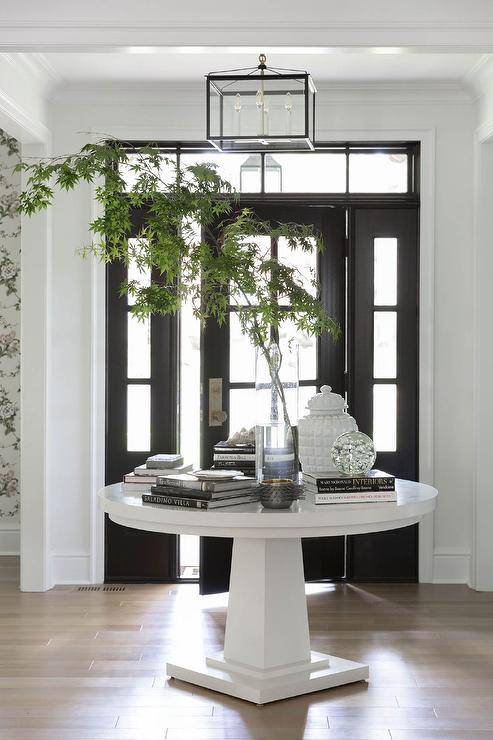

Tips for Decorating with Transom Windows
Frame Them with Curtains
While transom windows are beautiful on their own, framing them with curtains can add an extra layer of elegance. Opt for sheer, lightweight fabrics that won’t obstruct the light but will provide a soft, airy feel. For a more dramatic look, consider using floor-to-ceiling drapes that complement the color scheme of the room.
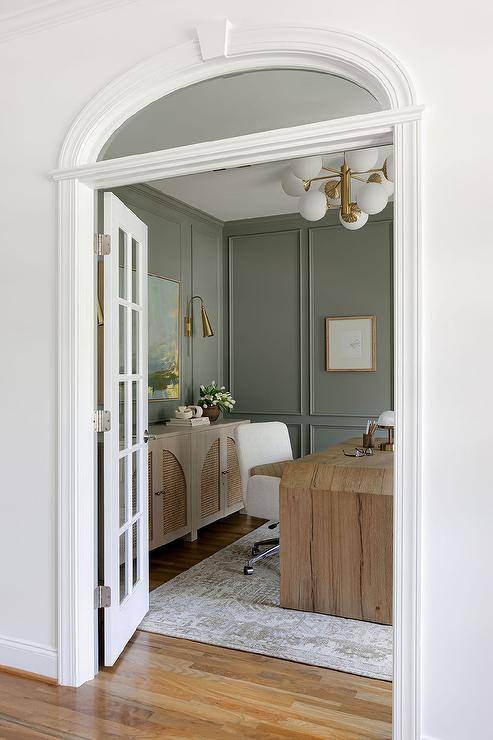
Use Transoms as Art
If you have transom windows with intricate designs or stained glass, let them shine by making them a focal point of the room. Keep surrounding decor minimal and use neutral colors to ensure that the transom stands out. You can also highlight these windows with strategic lighting, such as recessed lights or wall sconces, to draw attention to their beauty.
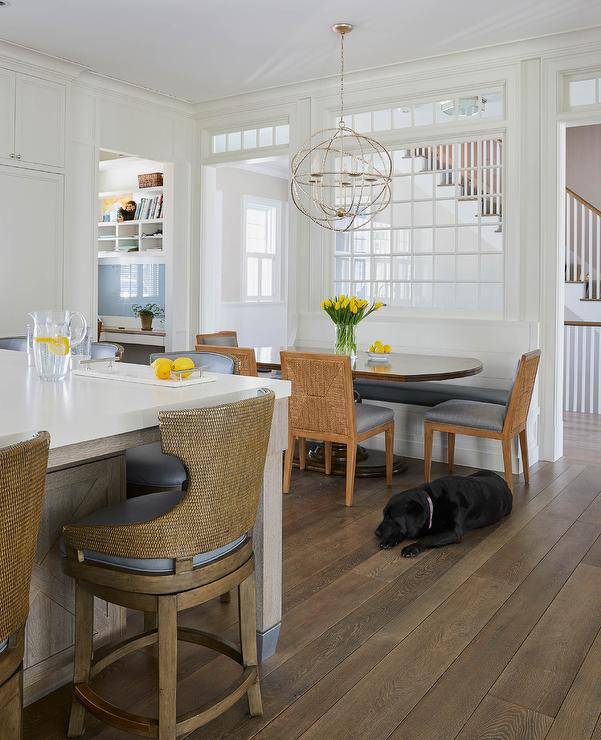
Coordinate with Door and Window Trim
To create a cohesive look, coordinate the trim of your transom windows with the trim of your doors and larger windows. This will create a seamless transition and enhance the space’s architectural harmony. Consider painting the trim in a contrasting color to make the transoms pop, or use a wood stain that matches other elements in the room.
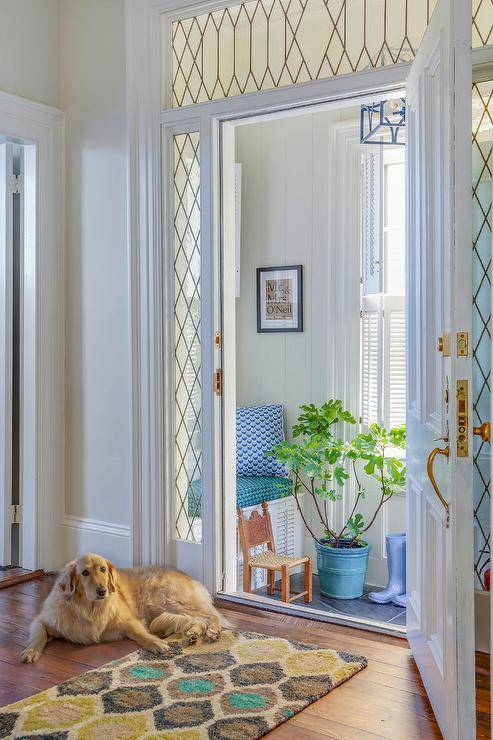
Related Articles
- Floor to Ceiling Windows That Will Expand Your Space
- Drapes vs Curtains – Understanding the Differences and Choosing the Right Window Treatments
- Sparkling Solutions: DIY Homemade Window Cleaner
We hope you found valuable insights and inspiration to incorporate transom windows into your home decor. Whether you’re updating an existing space or planning a new design, transom windows can add charm and sophistication. Be sure to explore our other articles for more home decor and design tips. Happy decorating!
Turn your house into the home of your dreams. Our newsletter provides you with design ideas and decor trends. Subscribe now to start your journey to a stunning home! Click here to subscribe now.
Frequently Asked Questions (FAQs)
What is a transom window?
A transom window is a small, horizontal window placed above a door or another window. It allows additional light and air into a room.
Are transom windows operable?
Some transom windows are operable, meaning they can be opened to allow ventilation, while others are fixed and serve purely decorative purposes.
What materials are transom windows made from?
Transom windows can be made from various materials, including wood, vinyl, aluminum, and fiberglass. The choice of material often depends on the home’s architectural style and the homeowner’s preference.
Can transom windows be added to existing homes?
Yes, transom windows can be added to existing homes. However, it may require professional installation to ensure structural integrity and proper fit.
How do I clean transom windows?
Cleaning transom windows can be challenging due to their height. To reach and clean the glass effectively, use a ladder and a long-handled squeegee with a cleaning solution.
Do transom windows affect energy efficiency?
Transom windows can impact energy efficiency. High-quality, double-glazed transoms with good seals can help maintain energy efficiency, whereas single-glazed or poorly sealed windows may lead to heat loss or gain.
Are transom windows expensive?
The cost of transom windows varies depending on their size, material, and design complexity. Custom transom windows with unique designs or specialty glass tend to be more expensive than standard, mass-produced options.
You're reading The Ultimate Guide to Transom Windows: Tips for Decor and Design, originally posted on Decoist. If you enjoyed this post, be sure to follow Decoist on Twitter, Facebook and Pinterest.
Posted By : Holly Antoine
0 comments